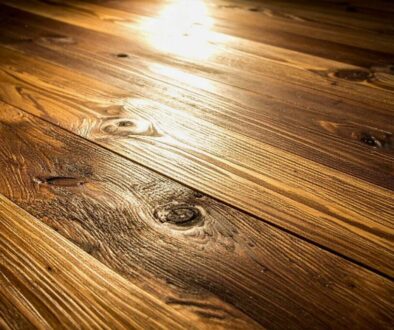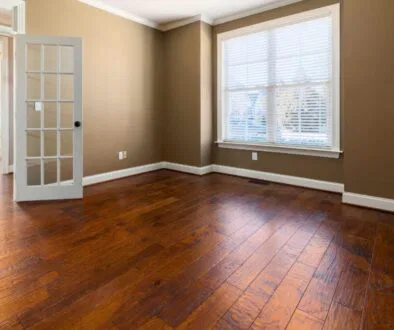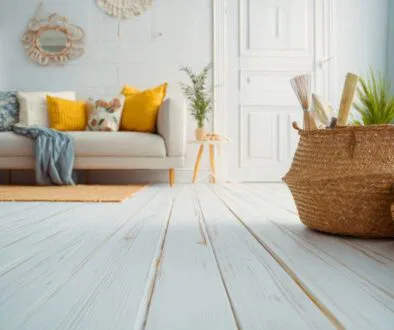Common Floating Floor Problems and How to Fix Them
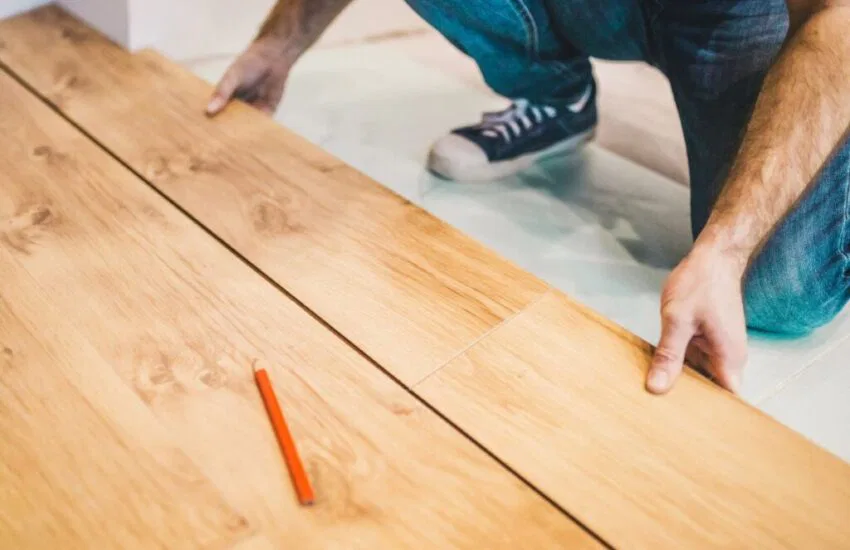
Published November 16, 2023
Floating floor installation has become a new trend, especially for those fond of DIYs. It can save you money than using the traditional method of installing floor wood, and floating floors are also easy to install.
You can do it yourself without hiring someone and paying for labor. We’ve already made a list of why you should get a floating floor in your house.
However, like any other method of floorwood installation, floating floors can also give you some problems. Here are some typical floating floor problems you can expect and how to fix them.
Floating Floor: An Overview
Floating floors are a unique type of flooring system that, unlike traditional methods, doesn’t require nails or adhesive to attach to the subfloor. As the name suggests, these floors ‘float’ on the existing surface, whether concrete, vinyl, tile or even an older wood floor.
The magic behind floating floors lies in their design. They consist of individual planks or tiles that connect rather than the subfloor beneath them. These connections are made through a system of tongue-and-groove joints or click-lock designs.
In a tongue-and-groove system, each plank has a protruding edge (the tongue) and a recessed edge (the groove). The tongue of one plank fits snugly into the groove of the next, creating a secure bond. On the other hand, click-lock designs function like puzzle pieces, where each plank has portions that ‘click’ into place with its neighboring plank.
One of the primary advantages of floating floors is their versatility. Since they aren’t directly attached to the subfloor, they can be installed over almost any surface, provided it’s flat and clean. This feature makes them a popular choice for DIY home renovators.
Additionally, floating floors are great for areas with high moisture levels, such as basements or bathrooms. They’re designed to handle expansion and contraction due to changes in temperature and humidity better than traditional flooring options.
However, it’s important to note that while floating floors are easier to install and replace, they may not feel as solid underfoot as traditional nailed or glued-down floors. Also, they may not last as long as their traditional counterparts.
Common Engineered Wood Flooring Problems
Peaking
The expansion problem of the floor, known as “peaking,” is when the floorboards push against each other, which results in high points at the joints. There are many reasons why peaking can happen, but this can be easily remedied.
One of the most common reasons peaking happens is because the moldings around the room’s perimeter are fixed or nailed to the floor. Thus, it prevents the floor from expanding.
A floating floor should not be nailed or glued into the subfloor or moldings. Floating floors are flexible and naturally expand and contract based on the weather and humidity inside the room. If the floorboards can’t expand by themselves, then the planks will tend to have high points in some areas of the boards.
You should determine and eliminate the obstruction so the floor can expand and even out.
Buckling & Warping
Excessive moisture in the subfloor often causes the floor wood to buckle and warp. Even high humidity in the air can cause the same.
For this reason, it is essential not to wet mop a floating floor. The primary key to this is prevention. Putting a heavy object on the buckled area may help. However, some buckled floorwood is challenging to remedy. The other option is to replace the buckled planks with new ones.
(Related: Buckled Wood Floors: Causes and Fixes)
Mold and Mildew
If there is mold, there is excessive moisture. Fungal spores, molds, bacteria, and other visually unpleasant things are common problems for homeowners with wooden floors. These can degrade the quality of your flooring, and it may look pretty terrible.
The only remedy for this is to replace the floorboards. However, you must identify and eliminate the source of the mold first before you reinstall the new planks on your flooring. Suppose you don’t expect the mold and mildew to return and rip you off for more money and time.
Chipping
The most common reason for chipping in floating floors is poor installation. They tend to crack easily when a tapping block and mallet are used since most floating floors are made from thinner materials.
Improper floor cleaning can also result in chipping on the corners. When this happens, the water can seep into the chipped area, which can breed mold, mildew, and other common problems.
Gapping
Gaps can occur between the planks of a floating floor due to changes in humidity and temperature. To fix this issue, you may need to replace the affected boards or consider using a filler material designed for wood floors.
Noise/Squeaking
Floating floors can sometimes produce noise or squeak when walked upon. This is often due to the subfloor not being perfectly level or the underlayment being poor quality. To fix this issue, you can use a sound-absorbing underlayment during installation or try to identify and fix the noise source.
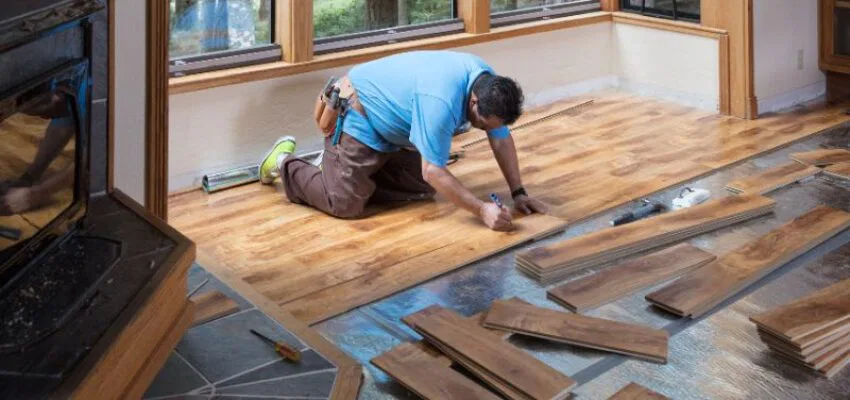
Discoloration
Floating engineered wood floors can discolor over time due to exposure to sunlight or harsh cleaning products. To prevent this, use blinds or curtains to limit sunlight exposure and always use cleaners specifically designed for wood floors.
Scratches and Dents: High-traffic areas or moving furniture can cause scratches and dents. To fix this, you can use a scratch repair kit available. To avoid such damage, use protective pads under furniture legs and avoid wearing high heels or cleats on the floor.
Unevenness
This is one of the most typical floating floor on concrete problems. If the subfloor is not even, it can lead to an uneven floating floor. The subfloor should be leveled before installing the floating floor to fix this.
While these common floating floor problems are easy to fix, prevention is still better than cure. Calling a professional is highly advised if you experience these common floating floor problems.
For your building projects that need intricate woodwork, trust our experts. We provide the best and most complete collection of vintage and specialty woods to bring your rustic luxury dreams to life. With unbeatable craftsmanship and service, our team of timber specialists is just the people you need for your high-end, complicated projects. Contact us now for a free consultation.
Hire The Timber Experts For Your Next Project
Vintage & Specialty Wood should be your source of the highest quality timbers from around the world. When it comes to fabricating and installing reclaimed wood or specialty wood products in your home, we don’t cut corners. We offer many reclaimed wood and specialty wood products such as Douglas Fir, white oak, and much more. We also offer timber framing and wood flooring services as well. Contact our team today to speak to a timber expert about what Vintage & Specialty Wood can do for you.

This Blog Is Fact Checked
This content has undergone meticulous fact-checking by our team of internal experts. Gain a deeper understanding of the high editorial standards we uphold on our website here.

About The Author
Experience, exploration, and knowledge are the hallmarks of writer Rei Bayucca. Her dedication to crafting articles that both inspire and educate will leave you thinking long after you’ve finished reading.

